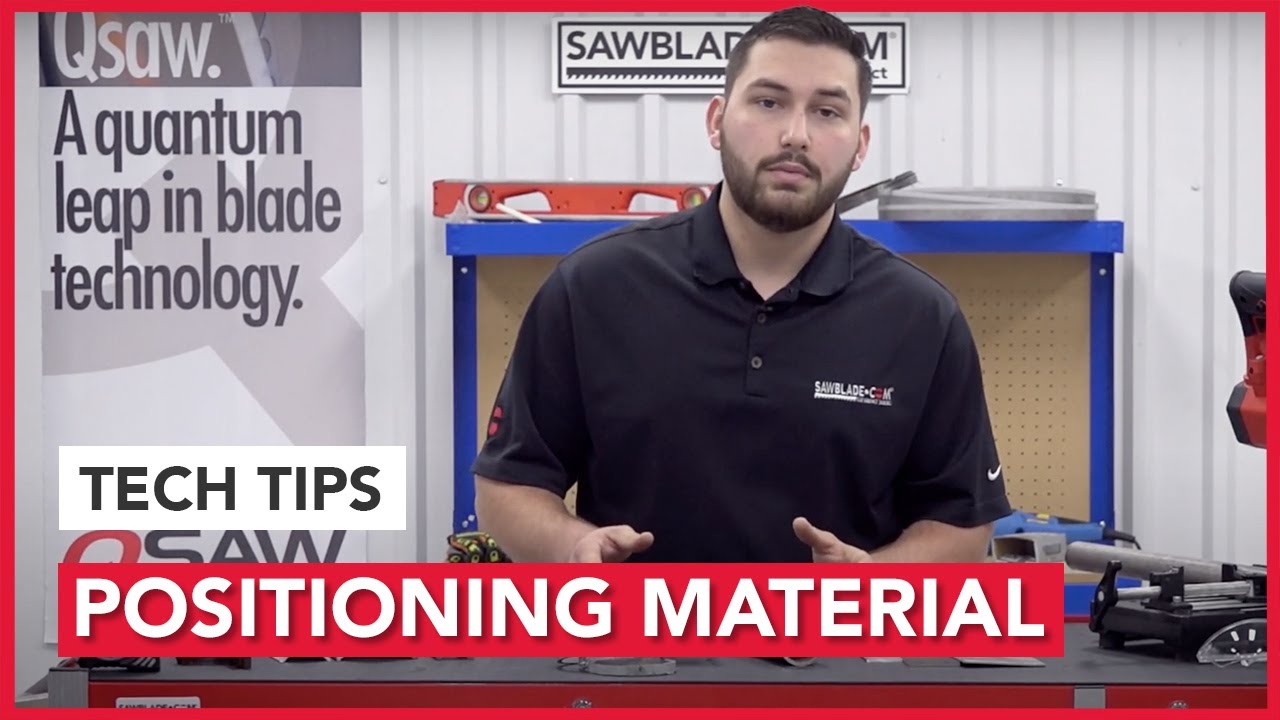Cutting with a Trajan dry cutting machine requires certain best practices to maximize both the safety and effectiveness of your cutting operations. A critical aspect is the correct positioning of the material to be cut. In this guide, we’ll draw from the expert advice of Austin from Sawblade.com, as seen in his instructional video, to detail the appropriate ways to position different shapes of material. By properly arranging your workpiece, you’ll reduce wear on your blade, ensure a safer work environment, and increase the longevity of your machine.
Table of Contents
- The Importance of Material Positioning
- Considerations for Material Positioning
- Cutting Various Shapes of Material
- Angle Iron
- Metal Extrusion and Track
- Tubing
- Flat Stock or Plate
- Final Thoughts
- Further Learning
The Importance of Material Positioning
Understanding how to position the material correctly in a Trajan dry cutting machine not only enhances the quality of the cut but also prolongs the life of the bandsaw blade. Proper positioning reduces the number of flat sections the blade contacts during the cut, limiting wear and tear.
Considerations for Material Positioning
When planning how to position material in the cutting machine, you need to account for several factors. Among these are the shape of the material, the presence of flats, and whether there are welded seams.
Cutting Various Shapes of Material
Depending on the form of your material, the optimal positioning can vary considerably. Here we’ll delve into specific recommendations for handling common types of material.
Angle Iron
When cutting structural materials like angle iron, the most effective method is to point the legs of the material down at the base. This approach eliminates the flats, reducing the flat sections with which the blade will make contact and thereby increasing cutting efficiency.
Metal Extrusion and Track
A similar strategy is recommended for metal extrusion and track. Pointing the legs of the material downward reduces the possibility of snagging, providing a safer and smoother cutting experience.
Tubing
When working with tubing, you’ll often encounter a welded seam—the hardest part of the workpiece. Cutting directly into this seam can excessively wear down the carbide tips of your blade. To counter this, it’s best to position the tubing so the seam points away from the operator, towards the back of the machine. This orientation allows the blade to cut through the seam horizontally, reducing wear.
Flat Stock or Plate
For flat stock or plate material, the ideal positioning depends on the cutting capacity of the machine. If possible, position the material vertically to minimize the blade’s contact with flat sections. If this isn’t feasible due to machine constraints, you can still reduce the blade’s contact by sliding a helper underneath the material to alter its orientation.
Final Thoughts
Understanding how to position the material for cutting in your Trajan dry cutting machine is vital for both your safety and the quality of your work. Correct positioning can make the cutting process smoother and more efficient, as well as prolonging the lifespan of your bandsaw blade.
Further Learning
This guide is just the tip of the iceberg when it comes to optimizing your use of a Trajan dry cutting machine. We recommend further exploration of our other resources, such as learning how to measure the length of a bandsaw blade, understanding how to notice a dull bandsaw blade, and mastering the use of a bandsaw blade speed and feed calculator. You may also find it useful to learn how to fold a band saw blade. These additional skills will further improve your cutting accuracy, safety, and efficiency.
For more technical and educational content, visit Sawblade.tv, where we have an extensive assortment of tech tips and guides to ensure a safe and efficient sawing experience.






